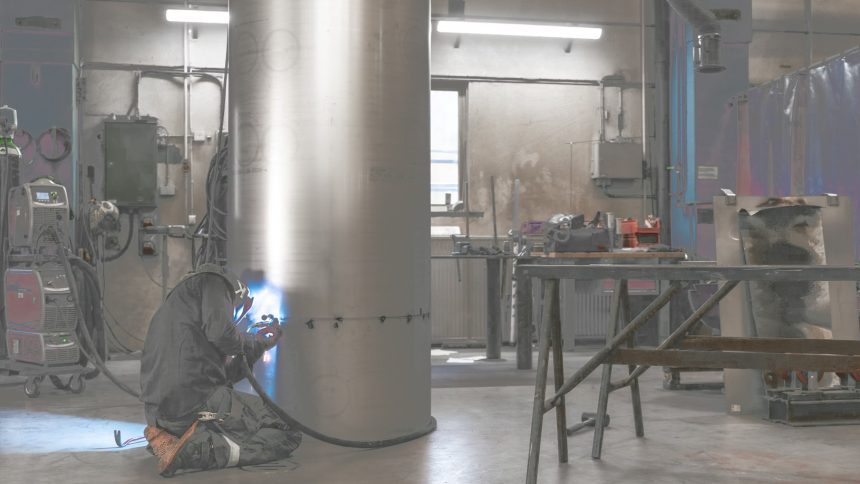Aluminum, an extraordinary and unparalleled metal, boasts a myriad of advantageous attributes that render it a prime choice for diverse projects. Given its exceptional properties, the practice of Tungsten Inert Gas (TIG) welding on aluminum is not an uncommon occurrence.
Aluminum is a difficult material to weld. Here is a guide covering all the major aspects of TIG welding on aluminum.
Welding Town
TIG Weldability Between Aluminum And Steel
Aluminum and its alloys possess a significant advantage over steels due to their lighter weight, with a density of approximately 2.70 g/cm³ compared to the range of 7.75 to 8.05 g/cm³ for steels. This means that a given volume of aluminum is about three times lighter than an equivalent volume of steel.
While aluminum readily attaches to other metals through mechanical fastening or adhesive bonding, special considerations are necessary when arc welding aluminum to other metals like steel. Arc welding these dissimilar metals directly can lead to the formation of extremely brittle intermetallic compounds. Metals such as copper, steel, titanium, or magnesium, when arc welded directly to aluminum, can result in the creation of these undesirable compounds. To prevent the formation of these brittle compounds, essential techniques have been developed to isolate other metals from reacting with aluminum during the arc welding process. One effective approach is to use bimetallic transition inserts when connecting aluminum with steel.
Bimetallic compounds are utilized to act as an intermediary between aluminum and steel, effectively bridging the gap between these two metals. As a result, the weld is separated into two distinct sections: one between aluminum and the transition metal and the other between the transition metal and steel. Another method involves coating the steel piece with silver or aluminum solder before arc welding it with aluminum. While these techniques are helpful, they may not always be ideal, and in more complex scenarios, methods like explosion welding might be required.
By employing suitable techniques and understanding the challenges of welding dissimilar metals, welders can achieve strong and reliable connections between aluminum and other materials like steel, ensuring structural integrity and performance in various applications.
TIG Weldability Between Aluminum And Titanium
A technique used for welding aluminum and titanium involves melting an aluminum alloy or aluminum filler that adheres to both metals at the joint boundary. Sufficient welding energy will cause both metals to soften, facilitating the joining process.
It is essential to consider the temperature during welding, as there is an upper limit of 2000 degrees Celsius. Additionally, there is a maximum allowable percentage of titanium within the aluminum filler. In many cases, a titanium content of no more than 10 percent is required. It is also important to note that a discontinuous phase may form between the two metals during the welding process.
By carefully managing the welding parameters and ensuring appropriate alloy composition, welders can successfully create strong and reliable joints between aluminum and titanium, catering to the specific needs of various applications.











